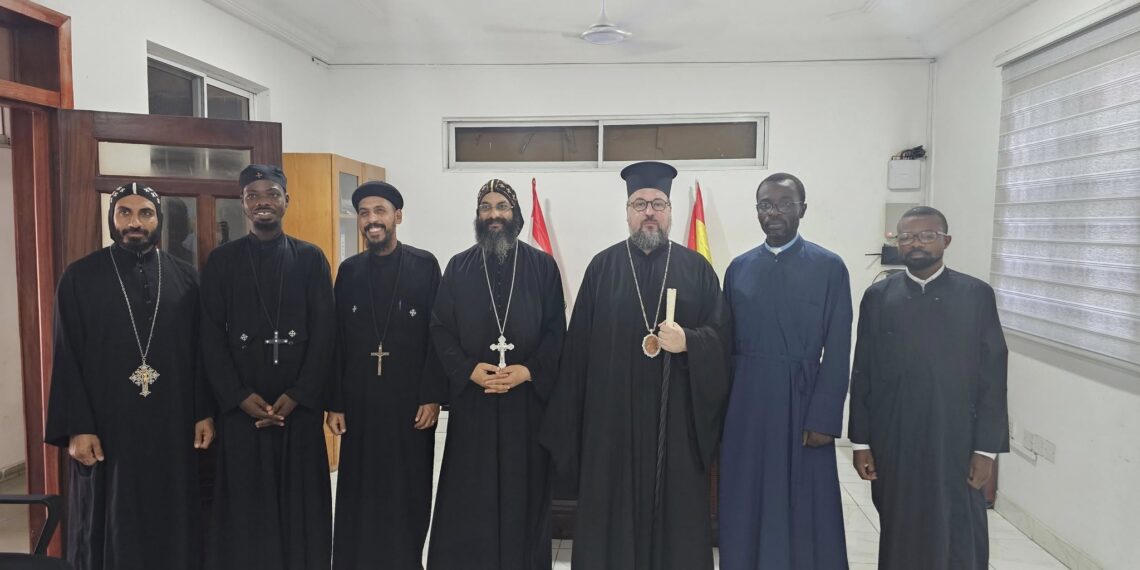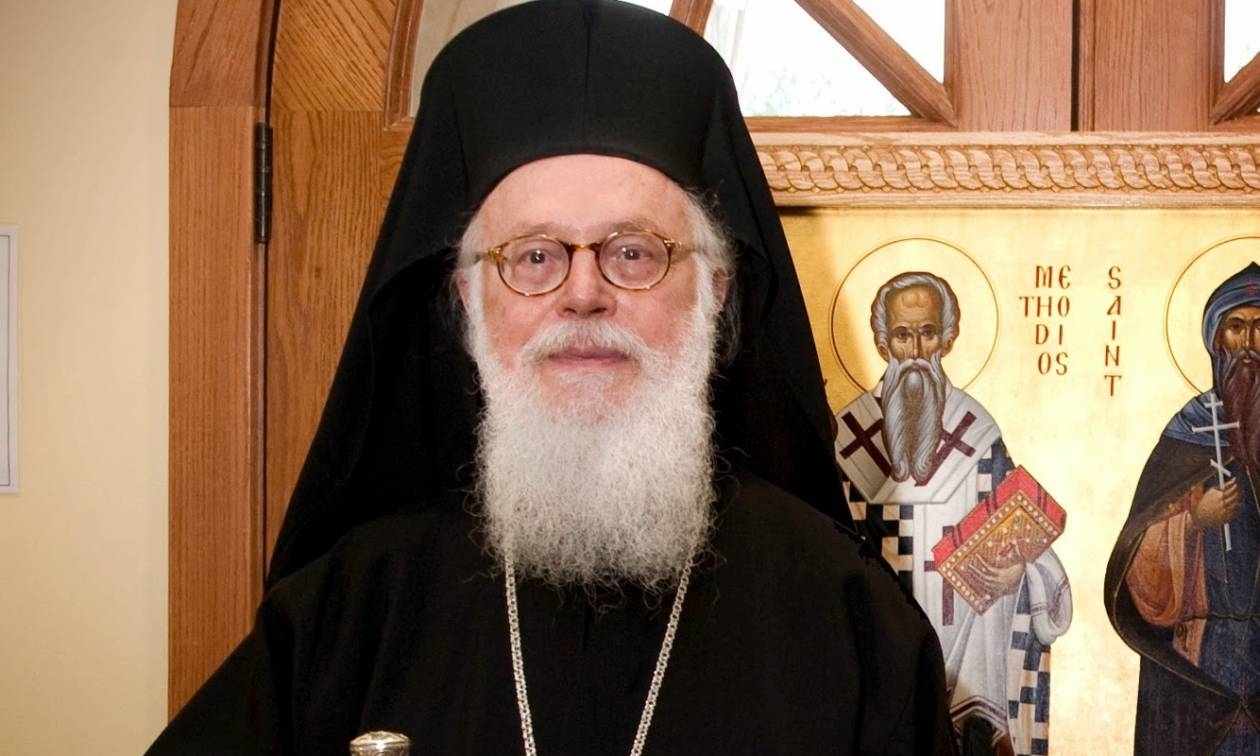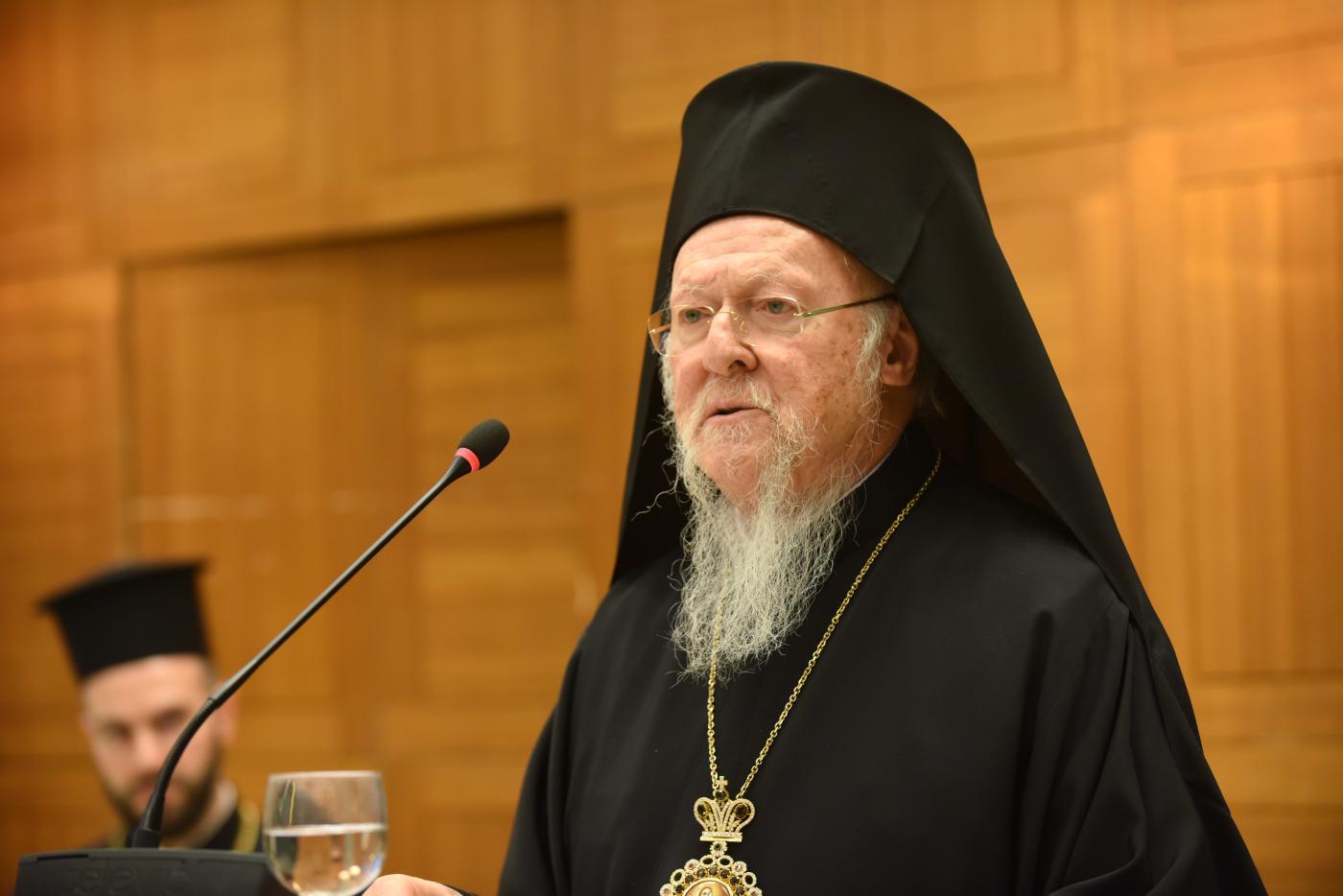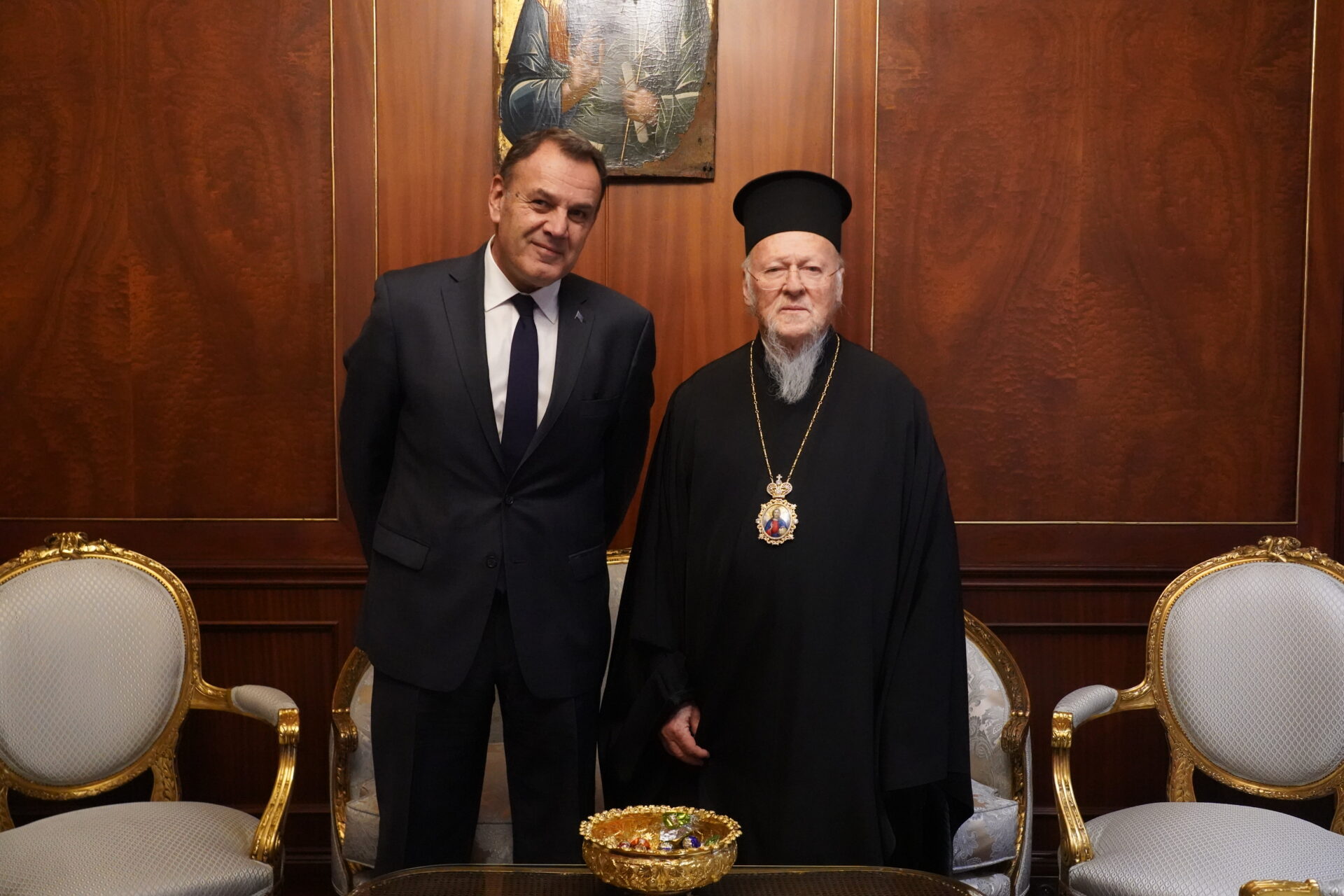‘Let us go up to the mountain of the Lord’
Christ’s Transfiguration is a very important feast for our Orthodox Church. The Lord reminds us of his glory and shows his divinity to his disciples. At the same time he reminds each of us of his mission: that, through our struggle, we’re to become sharers in Christ’s divinity.
The miracle of the Transfiguration has been an object of study and investigation on the part of many of the Fathers of the Church. Among all of them, we might perhaps single out Saint Gregory Palamas, who says about the Transfiguration that ‘a great chasm has been set in place’ between East and West.
Over the course of his life on earth, Christ performed a variety of miracles. At his word, the daughter of Jairus was raised from the dead, he healed the lame, gave sight to the blind, hearing to the deaf, expelled demons from the possessed, and much else besides. To all these, he added the miracle of his Transfiguration on Mount Tabor. Christ shone in uncreated light (according to Saint Gregory Palamas), while two prophets from the Old Testament, Moses and Elijah, also appeared and worshipped God.
The whole of this miracle occurred before three of Christ’s chosen disciples, Peter, John and James, who were terrified at what their human eyes were beholding. Because of his human weakness, Peter suggested to Christ: ‘Lord, it is good for us to be here. If you wish, let us make three tabernacles, one for you, one for Moses and one for Elijah’ (Matth. 17, 4). Then a cloud covered Mount Tabor and a voice was heard, saying: ‘This is my beloved Son, in whom I am well pleased. Listen to him’ (ibid, 5). On seeing this breathtaking event, the three disciples fell to the ground in fear. Christ went up to them and said, ‘Get up and don’t be afraid’ (ibid, 7). He then instructed them not to tell anyone about what they’d seen until the Son of Man had risen from the dead (ibid, 9).
Christ’s Transfiguration was an event which linked the Old and the New Testaments. As we’ve seen, two prophets from the Old Testament, Moses and Elijah appeared on Mount Tabor and spoke to the transfigured Lord. So we see that Christ fulfills the Old Testament and links it to the New. Besides, the scene of the Metamorphosis is a theophany, a manifestation of God, as was the case at Christ’s baptism.
The presence of the two prophets, both of whom departed the world in a mysterious manner (Moses died but no-one saw his grave; Elijah ascended into heaven in a fiery chariot), shows that the body will come to an end and die but that the soul is destined to live eternally. Because of Christ’s Resurrection, at his Second Coming the bodies will be raised and will be united with the souls.
This particular event shows us the nature of Christ (God and human person), and also the aim of his incarnation: to bring us back from our sinful state and grant us our proper place, which is to be gods by grace.
Patristic tradition concerning the Transfiguration makes it clear that it wasn’t Christ who was transfigured but the disciples. Christ is God and has two natures (divine and human) which are united- unconfused, unchangeable, indivisible and inseparable- in a single hypostasis. Until then, the disciples had seen only Christ’s human nature, but at that moment he revealed his divine glory, or as much of his divine glory as they could gaze upon with the help of the Holy Spirit (the cloud). The kontakio for the feast says: ‘You were transfigured upon the mount, Christ our God, and Your disciples, in so far as they could bear, beheld Your glory’. It’s logical that this should have been so, since we humans are finite- we have a beginning and an end- whereas God is infinite and timeless. Moreover, we aren’t able to share in God’s essence, only in his energies. According to Saint Gregory Palamas, this was the first time these three disciples had seen Christ’s ‘uncreated light’.
Let’s see, then, why Christ chose this particular moment in time to reveal his divinity to the three disciples. We can find the answer in the kontakio of the feast: ‘Thus, when they see you crucified, they may understand your voluntary passion, and proclaim to the world that you are truly the brightness of the Father’. The Transfiguration on Mount Tabor took place a few days before Christ’s passion: the betrayal, his arrest, crucifixion and burial. Christ wanted to make sure that his disciples understood that his passion was voluntary. It was God’s will that he should bear all the sins of humankind on the cross and in this way would save the human race. At that time in its history, the human race was in such a parlous state that only God could rescue it from the position in which it found itself. But this couldn’t be achieved only through Christ’s preaching and teaching. In the end, God gave his life for our sake. This, in and of itself, shows the love he has for the human race.
When the disciples saw Christ at that moment [on Tabor], they realized what future potential would be theirs. If we follow Christ and carry out his commandments, then even today, through baptism and the sacraments of the Church, each and every one of us can share in Christ’s uncreated light. This path brings each of us to the state of being gods by grace.
Let’s alter the way we live. As Saint Paul, the Apostle of the Gentiles, tells us, let’s put off our former being and put on the new person that Christ welcomes today. Christ and our holy Church invite us to go up to Mount Tabor for our own transfiguration. At the same time, however, we shouldn’t forget that this transfiguration requires a path forward in which we suffer with our former being. The whole of this transfiguration begins with a question we must ask ourselves: do we want to change? Do we want this alteration in our life? Do we want to abandon material goods for something superior?
We might wonder whether we’re worthy to ascend Mount Tabor at all. The Prophet David supplies the answer: ‘Who will go up to the Lord’s mountain, or who will stand in his holy place? All those whose hands are innocent and whose hearts are pure, who have not lifted up their soul to vanity nor sworn deceitfully against their neighbor. They will receive blessing from the Lord and mercy from God their Savior’.
The hymnographer urges us: ‘Come, let us go up to the Lord’s mountain and into the house of our God’. Let’s accept the invitation and start out on this ascent in our life.
Source: pemptousia.com




